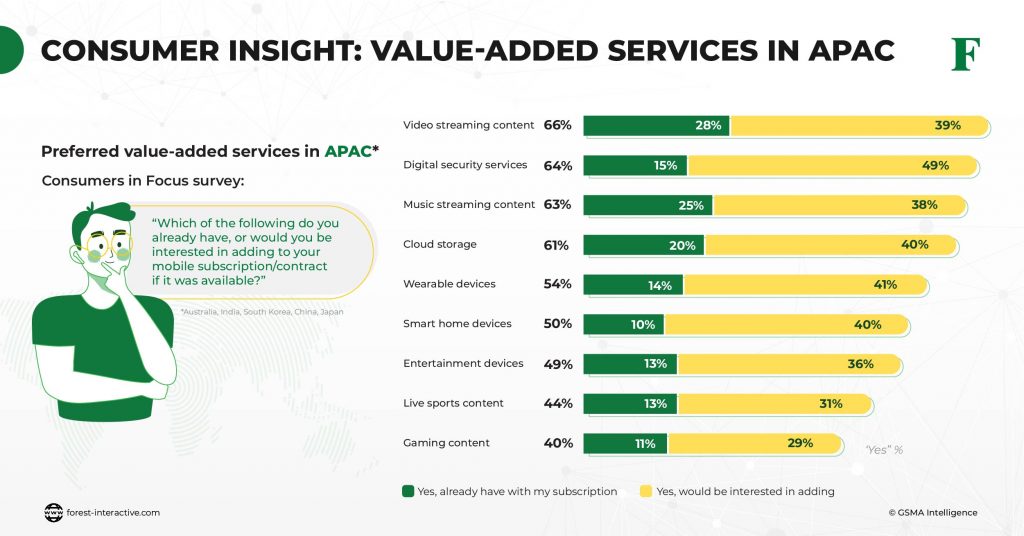
In the telecoms industry, OSS and BSS are best described as the “backbone systems” that support various end-to-end telecom services. They provide consistent network capacity and stable quality of service for telecom operators, including policy control and charging, real-time service delivery, and customer support.
These two terms are often seen together, but their usage is very different from one another. Let’s take a look at what is the difference between OSS and BSS by checking out how they each operate in the mobile ecosystem.
What is OSS?
OSS stands for Operations Support Systems (also referred to as Operational Support Systems). For any mobile network, OSS is a vital system consisting of specialized software tools used to manage network architecture.
OSS empowers telecom operators to closely monitor day-to-day operations and maintenance activities. It utilizes specialized software to monitor, analyze, and configure all operational activities within a telecom network, particularly radio and core network components.
To simplify, a centralized office monitors the network status and performance. OSS frequently controls network components remotely and captures information from all these elements. It then presents the gathered information in a readable format.
This deep integration means that OSS is usually provided by the telecom network vendors who also built the network equipment. Apart from network performance, the deliverables of OSS mainly include fault management, configuration, provisioning of new services, network inventory, and service assurance.
What is BSS?
BSS stands for Business Support Systems. The term is typically used to describe a system responsible for handling customer-facing aspects. Unlike OSS, BSS covers much broader activities since the focus is on the business side of the telecom network rather than the technology side.
What falls under this umbrella include billing, service fulfillment, revenue management, customer management, order management, product catalogues, and charging, etc. BSS are software applications that allow telecom operators to connect with their customers.
The information gathered by these tools can be used to create detailed reports for management teams to handle back-office activities. Since BSS is such a key part of the network, service providers like Forest Interactive provide Platform-as-a-Service (PaaS) solutions to telecom operators.
The solutions can range from Customer Relationship Management (CRM), ordering, charging, billing, self-service, product catalogue, and even content subscription services which are all required for most operators’ business operations.
How Important is OSS and BSS in the Telecoms Industry?
Usually, it’s the telecom network that seems to get all the attention, plus the sales teams that bring in the customers. They both play an important part, but the following points highlight the typically under-valued role that OSS and BSS play:
- Initiate revenues through activation flows
- Retain revenues and customers through assurance flows
- Collect revenues through billing flows
- Optimise profitability via close monitoring and configuration
- Operationalise the assets
In recent years, however, the demand for cloud OSS/BSS has steadily risen and the industry has undergone adaption to meet this demand for more efficient systems. Factors such as drive this demand:
- Awareness and acceptance of customized cloud digital BSS solutions and services among telecom operators globally
- Increasing usage of more streamlined billing systems
- Improving and enhancing customer experiences
- The desire for business agility
- Faster deployment and scalability
Most noteworthy is that the primary growth driver of this market is the increased adoption of Revenue Management Systems (RMS). These billing processes include features such as pricing management, credit limit management, invoicing, payments, rating, and charging.
Globally, with an increasing number of companies taking their businesses online, telecom operators are rapidly adopting RMS to support retail, wholesale, and other enterprise business segments. Of course, the need to centralize all the individual systems out there will also amplify the implementation of RMS.
What is the Future for OSS and BSS?
The APAC region is the fastest-growing region globally in the cloud OSS and BSS market. The key reasons for this high growth rate include the diverse subscriber base in many countries. Increased spending on IT infrastructure is another contributing factor. Additionally, the proliferation of mobile devices and data services play a significant role. Over-the-Top (OTT) services are also driving this growth. Furthermore, rising cloud-based applications are impacting the industry.
Now, telecom operators need to offer a range of differentiated products and services to deal with a more complicated and flexible market. Customers can order based on their existing service, the network they use, and currently available resources, considering various factors.
Offering customers a service is now about enabling the right integration between the commercial products managed by BSS and the ability of OSS (and the local telecom network) to deliver certain products.






